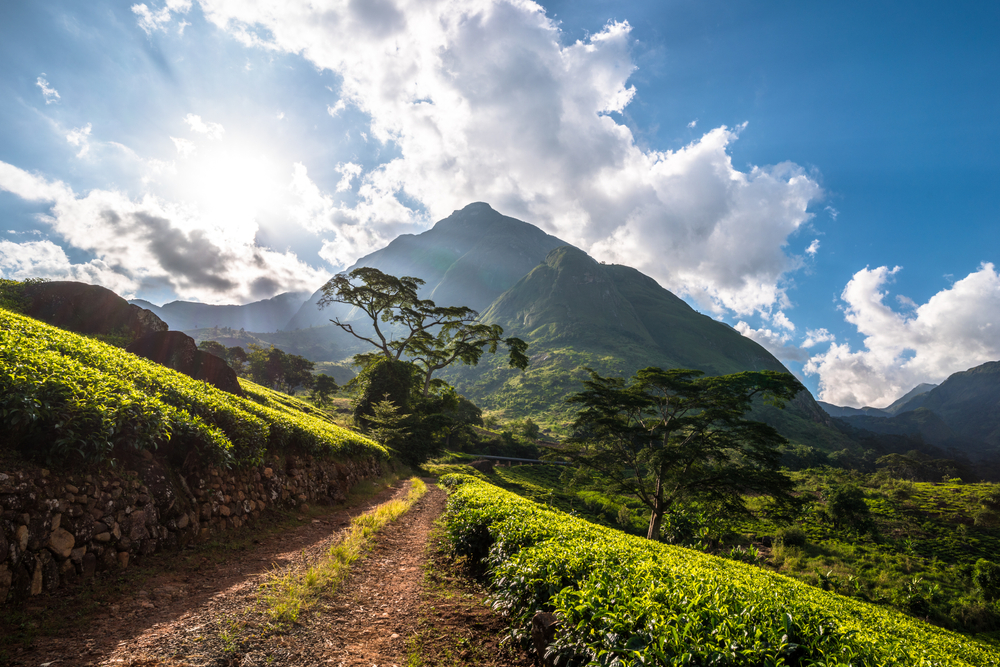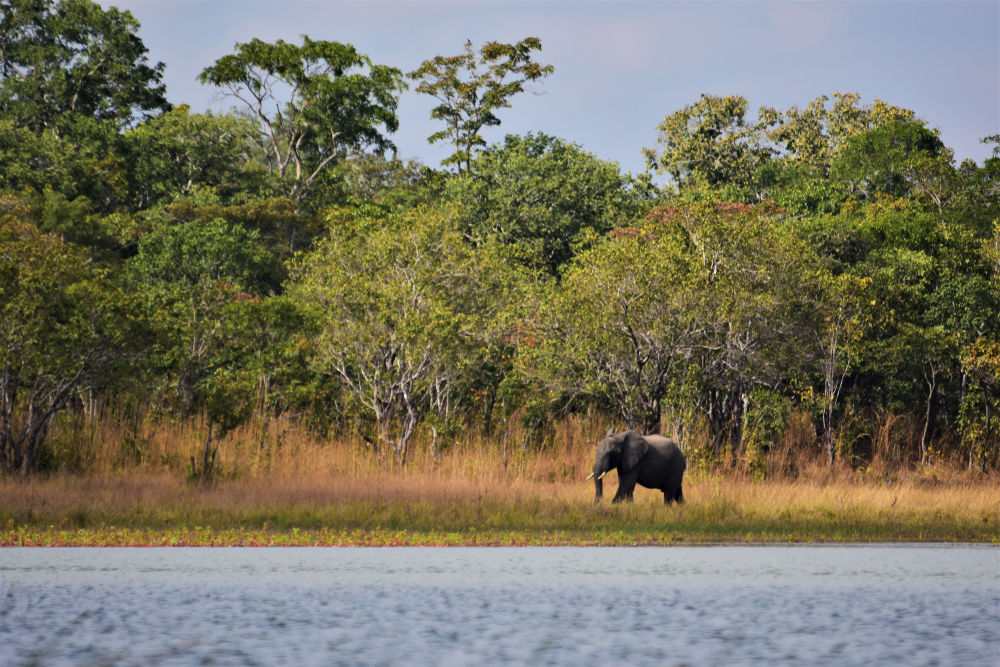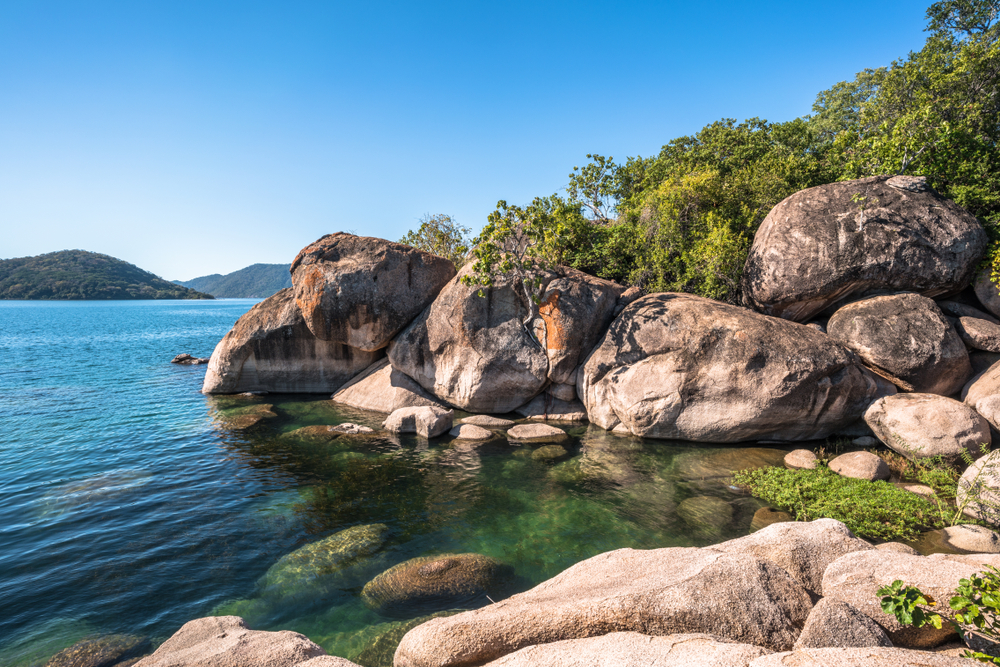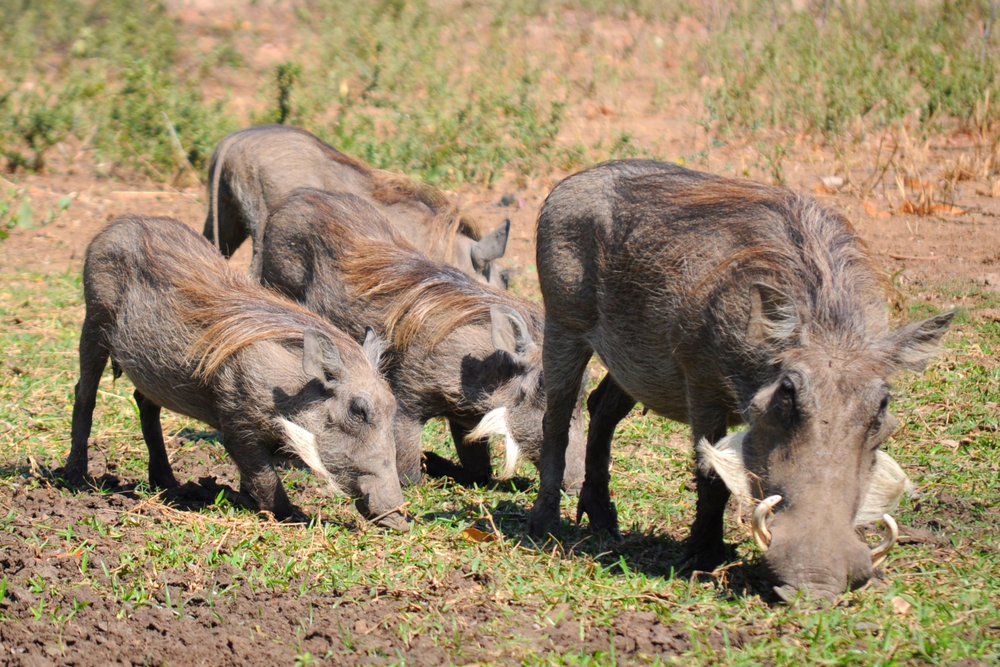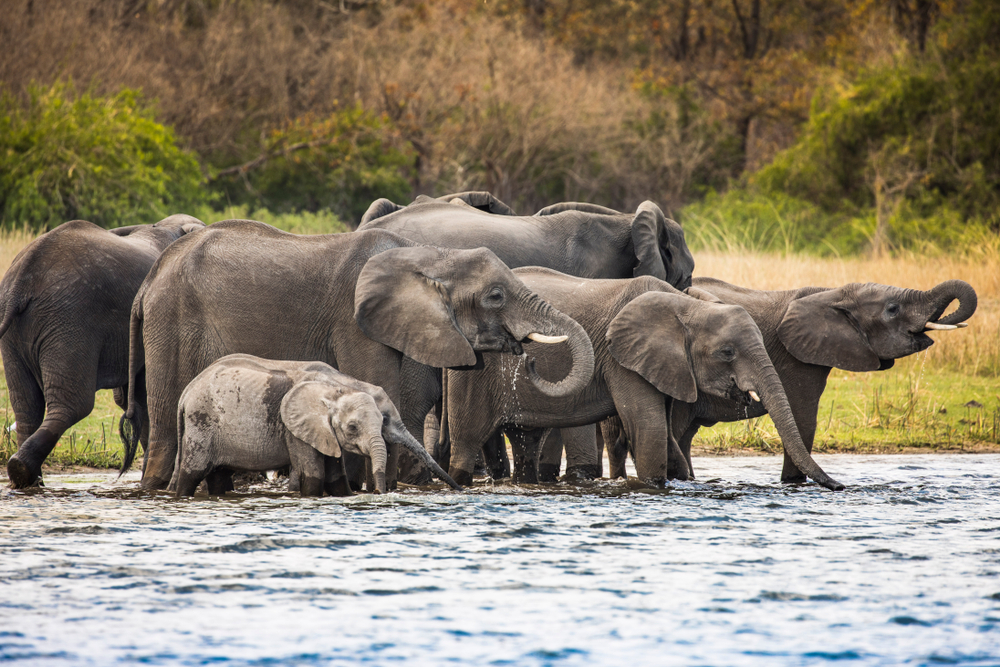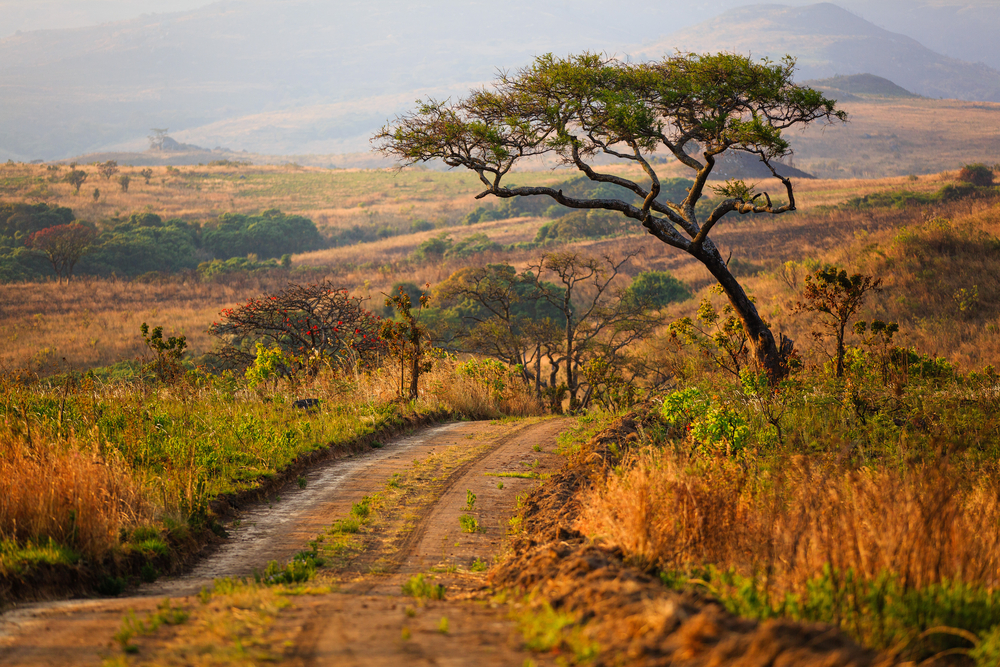Malawi, often called the “Warm Heart of Africa,” is renowned for its breathtaking landscapes, vibrant culture, and diverse ecosystems. The country is home to nine national parks, each showcasing a unique array of habitats, from lush forests to expansive savannas and the crystal-clear waters of Lake Malawi. These parks not only preserve Malawi’s rich biodiversity but also offer unparalleled opportunities for wildlife viewing and eco-tourism. Malawi’s national parks are a testament to its commitment to conservation, making it a hidden gem for nature enthusiasts.
One of Malawi’s most famous parks is the Lake Malawi National Park, a UNESCO World Heritage Site. Located at the southern end of Lake Malawi, this park is celebrated for its unparalleled aquatic biodiversity, particularly its endemic cichlid fish species. Visitors can enjoy snorkeling and kayaking in its pristine waters, surrounded by stunning rocky shorelines and sandy beaches. Another standout is Liwonde National Park, situated along the Shire River. Known for its successful conservation programs, Liwonde has become a sanctuary for elephants, hippos, and crocodiles, along with a growing population of cheetahs and lions reintroduced through translocation projects.
Nyika National Park, located in the northern highlands, offers a completely different experience. Its rolling grasslands, reminiscent of European moors, are home to herds of roan antelope, zebras, and a variety of orchids, especially during the rainy season. This park is a haven for hikers and those seeking cooler climates. Majete Wildlife Reserve, though technically a reserve, is often regarded alongside the national parks for its remarkable turnaround. Once devoid of wildlife due to poaching, it has been successfully restocked with elephants, rhinos, and predators like lions and leopards, making it a model for conservation in Africa.
Malawi faces conservation challenges, including human-wildlife conflict, deforestation, and limited funding for park management. However, significant successes have been achieved through partnerships with organizations like African Parks, which have revitalized areas such as Majete and Liwonde. Community involvement has also played a critical role, with locals benefiting from tourism revenue and engaging in sustainable practices that protect the parks’ resources.
Malawi’s national parks are a reflection of its natural beauty and the resilience of its conservation efforts. From the underwater wonders of Lake Malawi to the sweeping vistas of Nyika, these parks offer an unforgettable journey into the heart of Africa’s wilderness, combining ecological preservation with cultural and adventure tourism. This is more to do, but the government of Malawi is committed to protecting the natural heritage for future generations.








































































